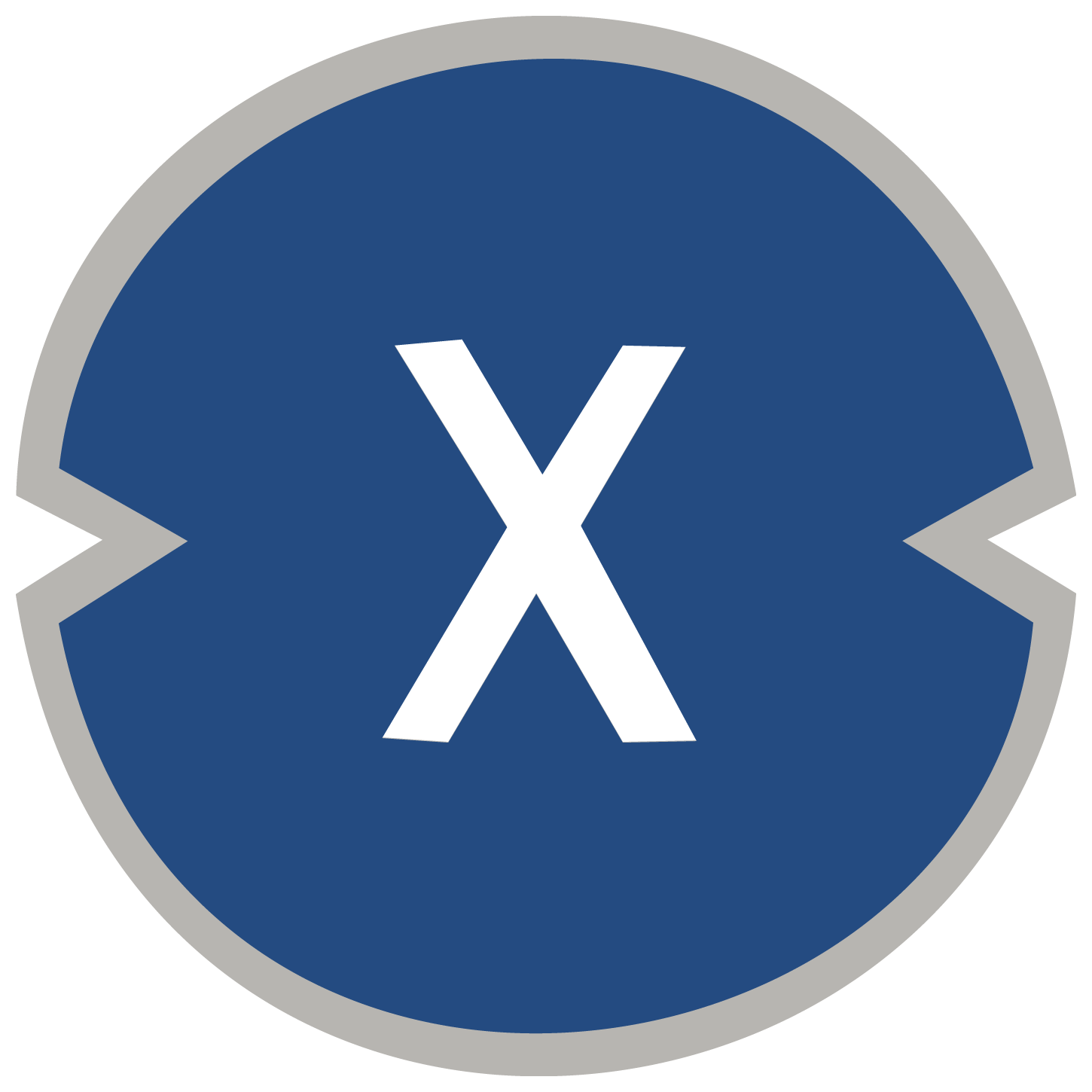Ethereum Layer-2 scaling solution Scroll has marked a key development milestone with the protocol achieving Stage 1 decentralization, completely removing the requirement for centralized operators.
This leap, which is powered by the Euclid upgrade, allows independent transaction processing and stronger governance guarantees and is a milestone for the entire rollup ecosystem.
Per an official statement from Scroll on X,
“Scroll has always had a production-quality zk proof system, [but] users were previously required to trust the centralized sequencer in order to be free of censorship and downtime. That’s no longer the case.”
Euclid Upgrade – What’s Changed
The Euclid release includes a set of features that help strengthen decentralization, scalability, and resistance to censorship:
Decentralized Transaction Processing: You can now submit transactions to the layer without a necessary central sequencer to sign off and order them. This prevents network shutdowns and censorship.
Security Council Implementation: A twelve-member panel monitors safety measures. Members must have at least nine approvals to act in an emergency, and of the members called to act, only two can be affiliated with Scroll.

Exit Window: In all protocol upgrades, there is a 3-day window to allow users to withdraw their funds if needed.
OpenVM and Axiom Integration: Several years ago when OpenVM was created, we were working with Axiom and therefore created a tool that broke big transactions into proofs. This guarantees a smoother validation and avoids systemic bottlenecks.
Scroll’s new frictionless rollup process not only now allows scaling and reliability to be done much more efficiently, but it also removes sole operator control and instead relies on smart contract-managed automation and remains an important piece of the puzzle as we move towards Stage 2 decentralization.
Security Improvements by means of Governance Boundaries
Now that governance is partially decentralized, Scroll’s new council will help spread power over decentralized decision-making. The structure mandates:
A minimum of seven councillors shall come from outside the Scrolls.
At least nine votes for everything.
Built-in exit period before the changes are actually applied.
These protections align with Ethereum’s long-term Layer-2 decentralization roadmap, proposed by co-founder Vitalik Buterin, which defines incremental levels of network autonomy for rollup-based systems.
Current SCR Token Price and Market Summary
According to CoinMarketCap As of April 30, 2025, SCR is trading at $0.339, which represents a 9.8% growth in the past 24 hours. The token is currently worth approximately $64 million, with 190 million SCR in circulation.
Trading Volume: $28 million in the 24 hours prior Palladium (PALL) $350.381 144.84% 0.0187 ETH 0.34% 0.0067 BTC 1.23% 24-Hour Trading Volume: $43 million Trading Volume: ~$43 million in the 24 hours prior Source Text
Token Supply: 1 Billion Total
SCR Price Analysis Some analysts are giving a bearish outlook. Piotr Nielubowicz is a digital marketer and trader; he isn’t that bullish on Siacoin’s prospects.
The price analysts are on record with a range of predictions as to what SCR is worth in the months ahead. The main projections are summarized in the table below:
| Forecast Provider | May 2025 Estimate | December 2025 Outlook |
|---|---|---|
| Forecast A | $0.348–$0.424 | $0.565 |
| Forecast B | $0.330 | $0.270 |
| Forecast C | $0.520 | $1.66 |
| Forecast D | $0.570 | $2.88 |
These predictions presumed optimism for Scroll enhancements and market acceptance, yet real-world figures continue to exhibit dependency on the Ethereum Layer-2 competition and macroeconomic climate.
Positioning Against Competitors 2.1.
Released after zkSync Era and Polygon zkEVM, the Scroll team’s focus on zero-knowledge infrastructure and open governance has set its offerings apart. Scroll is much further down the line toward decentralization than other similar Layer-2 platforms, most of which look more like Stage 0 projects or have extremely centralized teams.
Scroll’s Euclid enhancement also addresses calls from the Ethereum community for more transparent and trustless approaches to scaling, particularly as the network preps for upgrades such as Pectra that may further accelerate Layer-2 growth.

Conclusion
Scroll Stages Reach of the First Decentralization Phase following the rolling out of the first stage of decentralization. With chain-level upgrades, improved governance, and stronger zk-proof processing, the platform is going to provide a more secure and censorship-resistant space for developers and users.
Now that the protocol is looking ahead to Stage 2 — full autonomy through immutable smart contracts — the market will continue to watch Scroll’s influence on Ethereum’s overarching rollup strategy.
Keep following us on Twitter and LinkedIn, and join our Telegram channel for more news.
Frequently Asked Questions
1. What does Scroll’s first stage of decentralization mean for Ethereum stakeholders?
Scroll’s Stage 1 status eliminates the middleman, further decentralizing transaction verification, meaning the security and the moderation of the blockchain fall into the secure hands of its users.
2. How does the Euclid update make Scroll safer?
The Euclid change triggers a decentralized security council, and a delay window is introduced, requiring that changes be reviewed and that users have a way out if risk emerges.
3. What are the advantages of integrating with Scroll’s OpenVM and Axiom?
OpenVM on Axiom decomposes big actions into small proofs, which allow greater scalability and system resilience and transaction verification for all the Ethereum Layer-2 activities.
4. Are there any downsides or risks users should be aware of with the new Scroll?
While fairness is achieved through decentralization, emergency governance execution is centralized as full automation (Stage 2) also faces delays; thus, decision-making is delayed due to human intervention.
Glossary of Key Terms
1. Layer-2 (L2) Scaling Solution
A blockchain protocol layer that runs on a Layer-1 blockchain such as Ethereum in order to accelerate transaction speed and lower transaction costs and rely on the security of the underlying layer.
2. Zero-Knowledge (zk) Proof
A cryptographic technique that permits one party to prove that it knows certain information without revealing the information, which is used for confirmation and privacy of transactions.
3. Stage 1 Decentralization
Control is handed over from company officials to a small council of contracted developers who will very likely put themselves in charge of virtually every aspect of the network, including even the ease with which users can exit the system or whether alternative clients will be censored.
4. Sequencer
A layer-2 ordering of transactions in a network component. It may withhold or censor transactions in centralized designs, so decentralizing ensures fairness.
5. Euclid Upgrade
Protocol: Stage 1 of decentralization with governance protections and user-controlled exits, new proof system, and large zk-rollup scalability.
6. OpenVM
The (proving) framework developed by Scroll and Axiom breaks down large transactions into smaller, provable ones in order to maximize efficiency and minimize the number of processing failures.
7. Security Council
In stage 1, a non-centralized group of stakeholders is empowered to coordinate emergency actions. Scroll’s council is subject to supermajority votes and also caps in-house representation.
8. User-Controlled Exit Window
Time-delayed process that allows users to opt out of the system before the protocol updates can be enforced, promoting trust and avoiding sudden governance revolution.














































































































